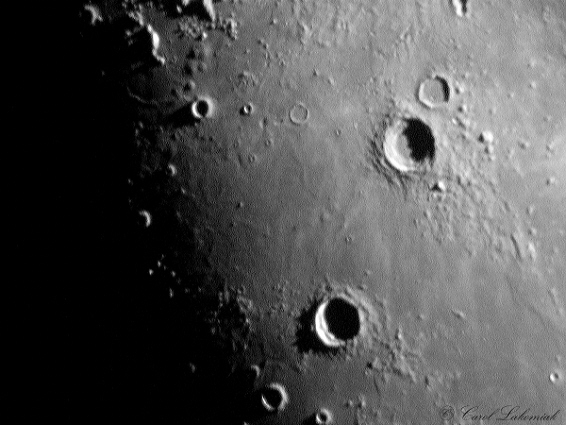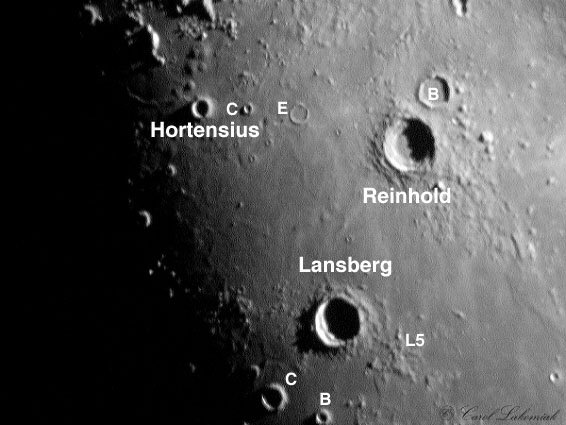Difference between revisions of "July 5, 2004"
| (10 intermediate revisions by the same user not shown) | |||
| Line 1: | Line 1: | ||
__NOTOC__ | __NOTOC__ | ||
=Insularum Interlude= | =Insularum Interlude= | ||
| + | <!-- Start of content --> | ||
<table width="85%" border="0" align="center" cellpadding="6" cellspacing="2"> | <table width="85%" border="0" align="center" cellpadding="6" cellspacing="2"> | ||
<tr> | <tr> | ||
| Line 8: | Line 9: | ||
<tr> | <tr> | ||
<td colspan="2"><div align="center"> | <td colspan="2"><div align="center"> | ||
| − | + | {{HoverImage|LPOD-2004-07-05.jpeg|LPOD-2004-07-05b.jpeg}} | |
</div></td> | </div></td> | ||
</tr> | </tr> | ||
| Line 14: | Line 15: | ||
<table width="100%" border="0" cellpadding="8"> | <table width="100%" border="0" cellpadding="8"> | ||
<tr> | <tr> | ||
| − | <td><div align="center | + | <td><div align="center"><p>Image Credit: [mailto:strgzr52@hotmail.com Carol Lakomiak ]</p></div></td> |
</tr> | </tr> | ||
</table> | </table> | ||
| Line 20: | Line 21: | ||
<p class="story" align="center"><b>Insularum Interlude</b></p> | <p class="story" align="center"><b>Insularum Interlude</b></p> | ||
<p class="story" align="left"> | <p class="story" align="left"> | ||
| − | Mare Insularum is a name that was given 1976 to a relatively poorly defined region south of the Carpathian Mountains ring of the Imbrium basin. Its an area of mare and small hills (thus the Sea of Isles) that are ejecta from the Imbrium impact. Under high Sun, rays from Copernicus can be seen to cross the region, but at lower lighting the two miniature Copernicuses, Lansberg and Reinhold dominate. For reasons unknown, this area has probably the highest concentration of domes on the Moon. The [ | + | Mare Insularum is a name that was given 1976 to a relatively poorly defined region south of the Carpathian Mountains ring of the Imbrium basin. Its an area of mare and small hills (thus the Sea of Isles) that are ejecta from the Imbrium impact. Under high Sun, rays from Copernicus can be seen to cross the region, but at lower lighting the two miniature Copernicuses, Lansberg and Reinhold dominate. For reasons unknown, this area has probably the highest concentration of domes on the Moon. The [[March_26,_2004|Hortensius domes]] are nicely visible near the top of this image and others occur to the north and west. Two volcanic collapse pits are visible just south of Hortensius C and E, and a little known fault casts a shadow southeast of Lansberg. Nearby lie the remains of Luna 5, a crashed Soviet spacecraft that failed to achieve its planned soft landing - a feat that finally occurred nearly a year later ( Luna 9 in February, 1966).</p> |
<blockquote> | <blockquote> | ||
| − | <p align="right" class="story">— [mailto:tychocrater@yahoo.com Chuck Wood]</ | + | <p align="right" class="story">— [mailto:tychocrater@yahoo.com Chuck Wood]</p></blockquote> |
| − | </ | ||
<p class="story" align="left"><b>Technical Details:</b><br> | <p class="story" align="left"><b>Technical Details:</b><br> | ||
| − | May 28th 2004, Meade 8" LX-10 SCT at 203x (eyepiece projection) and a Nikon CP 4300 at full optical zoom. Mouseover to see designations. | + | May 28th 2004, Meade 8" LX-10 SCT at 203x (eyepiece projection) and a Nikon CP 4300 at full optical zoom. Mouseover to see designations.</p> |
<p class="story" align="left"><b>Related Links: </b><br> | <p class="story" align="left"><b>Related Links: </b><br> | ||
| − | [ | + | [http://www.lpi.usra.edu/research/lunar_orbiter/images/img/iv_126_h1.jpg Lunar Orbiter IV View] </p> |
| − | <p | + | <p><b>Yesterday's LPOD:</b> [[July 4, 2004|Threading the Pillars]] </p> |
| + | <p><b>Tomorrow's LPOD:</b> [[July 6, 2004|A Long Graben]] </p> | ||
</tr> | </tr> | ||
</table> | </table> | ||
| Line 39: | Line 40: | ||
<td><p align="center" class="main_titles"><b>Author & Editor:</b><br> | <td><p align="center" class="main_titles"><b>Author & Editor:</b><br> | ||
[mailto:tychocrater@yahoo.com Charles A. Wood]</p> | [mailto:tychocrater@yahoo.com Charles A. Wood]</p> | ||
| − | < | + | <!-- Cleanup of credits --> |
| − | + | <!-- Cleanup of credits --> | |
| − | < | + | <!-- Cleanup of credits --> |
| − | + | <!-- Cleanup of credits --> | |
| − | < | + | <!-- Cleanup of credits --> |
| − | + | <!-- Cleanup of credits --> | |
| + | <!-- Cleanup of credits --> | ||
</tr> | </tr> | ||
</table> | </table> | ||
| Line 50: | Line 52: | ||
<div align="center"></div> | <div align="center"></div> | ||
<p> </p> | <p> </p> | ||
| − | ---- | + | <!-- End of content --> |
| − | + | {{wiki/ArticleFooter}} | |
| − | |||
Latest revision as of 22:40, 8 February 2015
Insularum Interlude
Image Credit: Carol Lakomiak |
|
Insularum Interlude Mare Insularum is a name that was given 1976 to a relatively poorly defined region south of the Carpathian Mountains ring of the Imbrium basin. Its an area of mare and small hills (thus the Sea of Isles) that are ejecta from the Imbrium impact. Under high Sun, rays from Copernicus can be seen to cross the region, but at lower lighting the two miniature Copernicuses, Lansberg and Reinhold dominate. For reasons unknown, this area has probably the highest concentration of domes on the Moon. The Hortensius domes are nicely visible near the top of this image and others occur to the north and west. Two volcanic collapse pits are visible just south of Hortensius C and E, and a little known fault casts a shadow southeast of Lansberg. Nearby lie the remains of Luna 5, a crashed Soviet spacecraft that failed to achieve its planned soft landing - a feat that finally occurred nearly a year later ( Luna 9 in February, 1966). Technical Details: Related Links: Yesterday's LPOD: Threading the Pillars Tomorrow's LPOD: A Long Graben |
Author & Editor: |
COMMENTS?
Register, Log in, and join in the comments.





